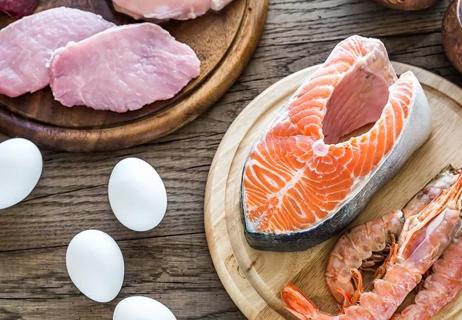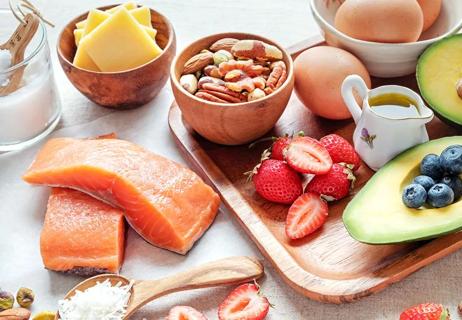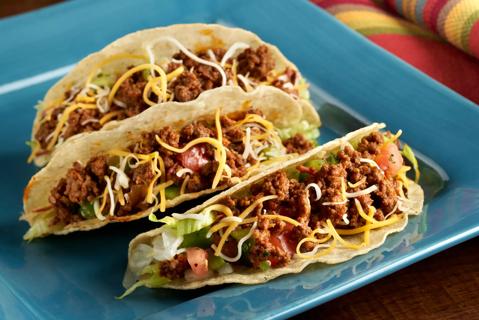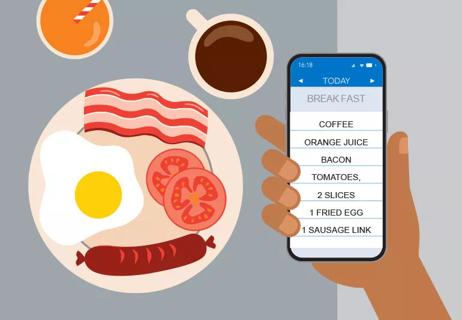The demanding plan eliminates dairy, grains and other common foods from your plate for 30 days

The Whole30 diet requires temporary bye-byes to some common food items. Dairy? Gone! Grains such as wheat, corn, rice and oats? Out of here! Legumes like beans, peanuts and soy? See ya! Sugars and artificial sweeteners? Toodles! Alcohol? Later!
Advertisement
Cleveland Clinic is a non-profit academic medical center. Advertising on our site helps support our mission. We do not endorse non-Cleveland Clinic products or services. Policy
This elimination diet calls for giving up ALL of those food items in all forms for 30 days before slowly reintroducing them. It’s designed to serve as a “reset” for your body — and a challenging one, at that.
“This will be hard,” promises the Whole30 website. (A fair warning, for sure.)
So, is the Whole30 diet worth the effort? Registered dietitian Sharon Jaeger, RD, discusses why the eating plan might be useful to try, plus a few things that you should consider before starting it.
As noted, the Whole30 plan crosses a lot of items off of your grocery list. The hope is that their absence teaches you something: “It’s an effective way to learn whether you have food sensitivities,” notes Jaeger.
The plan cuts out foods that often trigger symptoms of a food allergy, intolerance or sensitivity. Dairy, for instance. It’s estimated that up to 70% of people may have a sensitivity to lactose and milk products. Many, however, don’t know they have it.
Ditto for a sensitivity to gluten, which is found in wheat and other grains appearing in many foods you eat.
These sensitivities could be behind otherwise unexplained symptoms such as:
Advertisement
The plan also cuts out food — such as sugars and alcohol — that could cause inflammation and be the source of various aches and pains, says Jaeger.
“Whole30 can be a good place to start if you’re frustrated with how you feel on a day-to-day basis and think it might be related to food,” she says. “It can help you figure out why your body is giving you signs and symptoms that something just isn’t right.”
If you’re sensitive to certain foods, keeping them off your plate should make symptoms of that sensitivity disappear. “By taking these foods out of your diet, you should feel better, sleep better and perform better,” explains Jaeger.
But that’s just half of the process. The real test comes when you begin reintroducing the restricted foods one at a time after the 30-day elimination. The add-in period can run from 10 to 30 days.
If you experience previous symptoms or discomfort after bringing a certain food back … well, it sounds like a food to perhaps avoid going forward. (It’s also a good starting point for a discussion with your healthcare provider.)
“View Whole30 as an experiment to see what foods might not agree with you,” says Jaeger.
The no-no food list definitely grabs your attention, but it’s not like the Whole30 plan puts most of the grocery store off limits. There’s plenty to keep your stomach full, including:
Whole30 puts an emphasis on eating what it calls “real food” and avoiding processed items.
The eating plan frowns on using compatible foods to “recreate” anything on the do-not-eat list, however. (That means no avocado ice cream or banana pancakes.) The idea is to make a clean break from certain eating habits to bring about long-term changes to how you view food.
It’s certainly possible to lose weight on Whole30, but that’s not the objective. There are no calorie-counting targets, and instructions emphasize that you should not step on a scale or take any body measurements over the 30 days.
“The plan is more about getting in tune with your body than in dropping pounds,” notes Jaeger.
The eating plan comes under some criticism in some corners for eliminating dairy and grains, two of the five food groups recommended for a healthy diet by the U.S. Department of Agriculture.
Both are considered key sources of vitamins and nutrients with numerous benefits. The calcium in dairy promotes bone health, for instance. Whole grains, meanwhile, are heart-healthy and contain fiber that can help with digestion.
Advertisement
“Some question whether it’s necessary to eliminate foods that fit into a healthy diet,” says Jaeger. If you’re on the plan, discuss the option of vitamin supplements with your healthcare provider to make sure your nutritional needs are met.
The Whole30 plan also is not recommended for anyone with a history of eating disorders. If you have been treated for an eating disorder, do not start the program without input from your healthcare provider.
As a general rule of thumb, always talk with your doctor before beginning any diet.
The main objective of Whole30 — which centers on improving your relationship with food — is definitely worthwhile. It’s a short-term reset that allows you to better communicate with your body. It also could help you better understand unexplained discomfort after a meal.
But the plan is tough and demanding. It requires a full commitment and 100% compliance. No cheating is allowed. Sneaking a bite of pizza or a sip of wine, for instance, puts you back to Day 1.
“Whole30 isn’t for everyone, but it can be a useful tool to learn more about how your body responds to certain foods,” says Jaeger. “If you’re going to start this plan, understand the rules and know what you’re getting into.”
Advertisement
Learn more about our editorial process.
Advertisement

Extreme calorie restriction isn’t the way to long-term weight loss

This restrictive, rules-heavy diet can lead to micronutrient deficiencies, among other issues

Learn how to properly identify what’s edible — and inedible — in the wild

Common culprits and pinpointing the cause of your food issues

The good and bad of this low-carb diet

We break down the Atkins, ketogenic, GOLO, Military and Taco diets

Keeping a food journal can help with more than just losing weight

More than 90% of allergic reactions can be linked to these foods

Type 2 diabetes isn’t inevitable with these dietary changes

Applying a hot or cold compress can help with pain